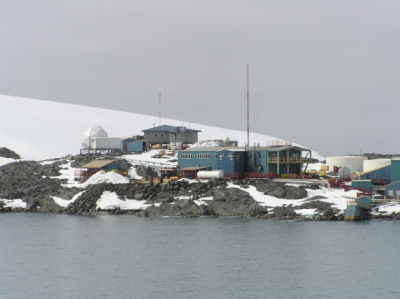 |
|
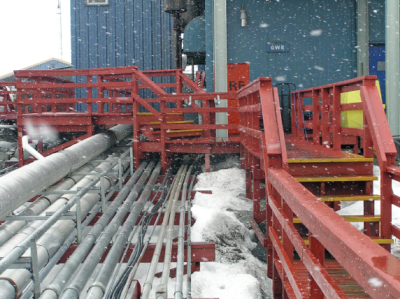 |
| The next
day we visited Palmer Station, one of the three US research stations in
Antarctica. |
|
Although it was snowing
during most of our visit, we all appreciated the fact that the station staff
took the time to show us around and explain their operations. |
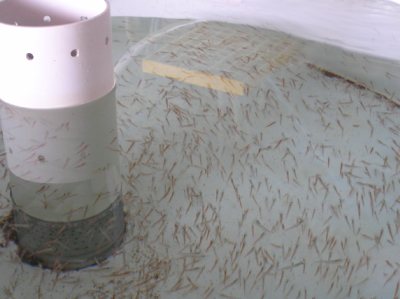 |
|
 |
| Much of what the researchers
study is marine ecosystems. The backbone of the Antarctic system is krill,
these tiny crustaceans that feed the largest whales and the penguins. |
|
Other
marine invertebrates are also brought into the station's aquarium for study. |
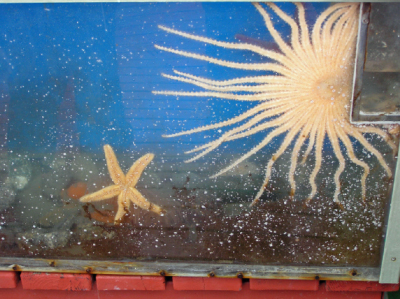 |
|
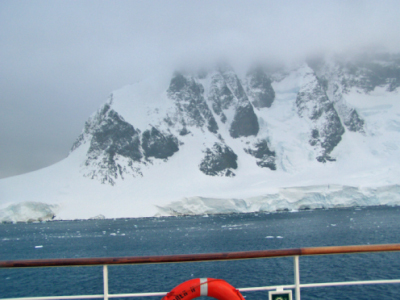 |
| The variety of sea
life along the Antarctic Penninsula is quite large, and includes a number
of species of sea stars and starfish. |
|
After
leaving Palmer Station we headed into the Lemaire Channel, which is one
of the most scenic areas that we visited. |
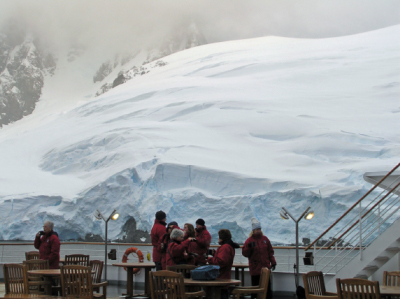 |
|
 |
| Although it was quite
cold out, people stayed out on deck to admire the glaciers. |
|
The end of the Lemaire
Channel marked the furthest south we went during our trip: 65º 07'. |











